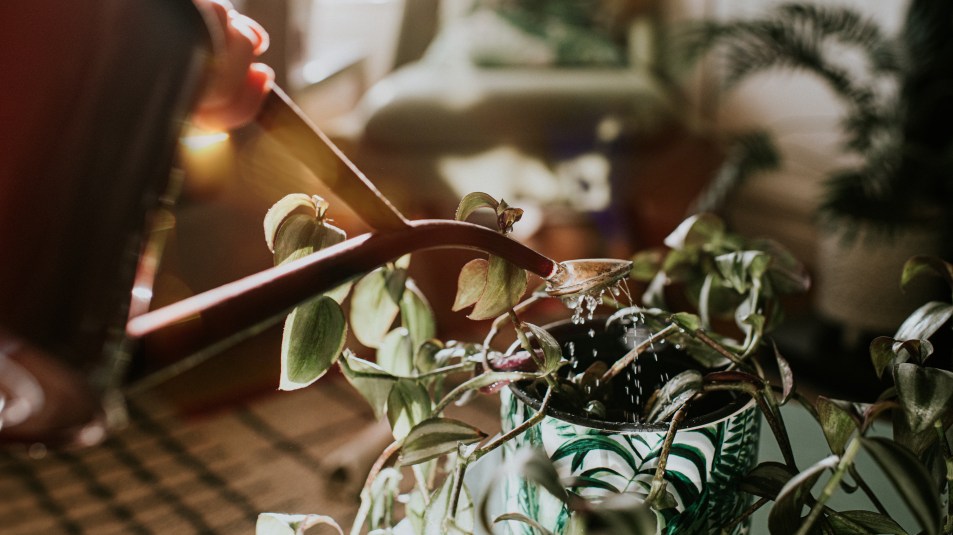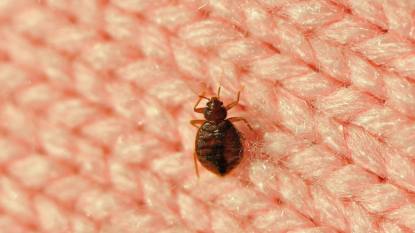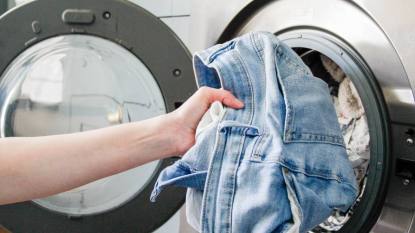Get Rid of Pesky Gnats on Your House Plants With These Super Simple Tricks

I’m a huge plant fanatic. In fact, you’ll find potted greenery in every corner of my home. But while I love the idea of keeping plants and flowers in the house, there’s one pesky problem that I’ve struggled with year after year — gnats.
You know those tiny little black flies taking over your home and house plants? Those are actually called fungus gnats — which are not to be confused with fruit flies! The difference between the two is that fruit flies have an orangey red color while fungus gnats are generally black with slender bodies and clear or gray wings. Both of these pests feed on decaying organic materials, but you’re more likely to find fruit flies hanging around a bunch of overripe bananas. Fungus gnats, on the other hand, typically make their nests in the topsoil of your indoor garden.
How to Get Rid of Gnats on House Plants
Fungus gnats eat — you guessed it — fungus. And if you’re seeing them around your house plants, it could indicate that there is some fungus growing in the soil. According to the plant experts over at Wallygro, fungus can start growing in the soil of your house plants when too much moisture is present. Excessive watering, or soil that doesn’t absorb water or drain properly, are the main causes for a fungus gnat infestation.
That being said, there are a few ways to get rid of the problem. The folks over at Wallygro emphasize that you should avoid over-watering your plants to prevent excess moisture. Before watering, wait until your plants’ soil dries out completely. If possible, place it in a bright, sunny spot so that the soil can dry out. Once it’s completely dry, you can place the plant back in its usual spot to avoid scorching the leaves.
Just as well, ensure that your plant pots have proper drainage. If there is a drainage hole and saucer at the bottom of your pot, empty the saucer after watering your plant each time.
If you’ve already got an infestation that’s getting out of hand, you’ll also want to cover the top layer of your plant soil because gnats will lay eggs there, and those eggs require a warm, damp environment to grow and hatch. To nip the problem in the bud, add some dry aquarium gravel to the top of your plant soil. This will keep existing eggs from hatching and will prevent gnats from laying more eggs in your plants.
Lastly, if this strategy fails, you can always make a DIY insecticide mixture with neem oil or extract. Neem oil wards off insects while also reducing fungal buildup in your soil. To use neem oil for gnats in your home, you can pick up some neem oil extract for plants from your local garden supply store, mix according to directions, and drench the soil in the mixture when it is dry and ready to be watered. The plant will absorb the neem oil and insects will intake it while feeding. This might take a few treatments to work, but be patient. Neem oil is said to reduce or cease insect feeding, interrupts their mating behavior, and prevent larvae from maturing.
We hope these tiny tweaks to your plant care routine will help you get rid of those annoying pests for good!













